Prostatitis is a disease that can suddenly surpass every man.
The urinary tract passes through the prostate, which contributes to the manifestation of one of the first symptoms of the disease-difficulty urinating.
Prostatitis-start
The onset of this disease is always related to certain situations in our lives.
There are several types of prostatitis:
- acute;
- Chronic
- Infectious (bacterial);
- Non-infectious.
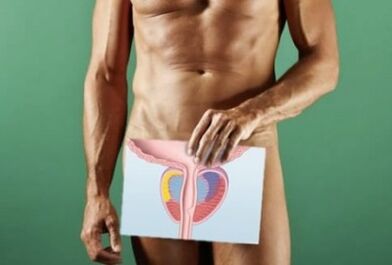
In this case, the terms are binary, for example, infectious prostatitis can be chronic and acute.
Each type of prostatitis starts in a different way and will be different depending on its own situation. Let us think about it.
Risk factors
- Venereal disease. When infected with any sexually transmitted infection of a sexual partner, a man has a great opportunity to seize the acutely infectious prostate, and then the prostate will become a chronically infectious prostate. Therefore, sexually transmitted diseases will be the primary factor in inducing prostatitis.
- Sedentary lifestyle, sedentary work, indifference to exercise and morning exercises, obesity. This is the cause of non-infectious prostatitis, which may be exacerbated or vague symptoms may appear.
- Hypothermia-In this case, the genitourinary system often suffers from cold attacks, the result of which is inflammation of the bladder, seminiferous ducts, prostate and testicles.
- age. When a person reaches 40-45 years of age, his prostate begins to undergo irreversible changes. This is due to male menopause-the direct result of hormonal rearrangement in the body. Prostate growth (hyperplasia), accompanied (or possibly accompanied) by the entire prostatitis symptoms.
Let us recapitulate-these factors increase the chance of prostatitis tenfold.

Next, let us look at the first signs of various prostatitis.
Note that before self-diagnosis when the first symptom is detected, or before seeking a doctor’s contact in a panic, please pay attention to the above risk factors. Maybe you don't have prostatitis!
symptom
Acute process
Let us clarify that in most cases, the initial signs of acute prostatitis are similar in all patients:
- Pain when urinating, after burning;
- Temperature rise
- After heroically emptying the bladder, the patient will feel that his urine is still there.
- Complaints of pain in the groin and perineum.
The pain started suddenly and there was a problem with the toilet. This is due to the rapid increase in swelling of the inflamed prostate.
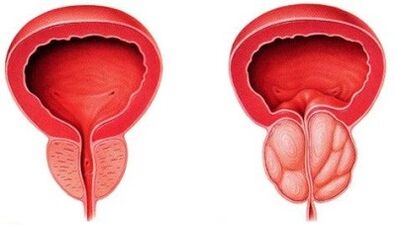
Symptoms may go away on their own, but there will be no hallucinations: this does not mean that the disease has passed.
Prostatitis becomes chronic. It may take a long time (several years) from the initial symptoms of acute prostatitis to the onset of chronic prostatitis.
Chronic process
The patient may not have an obvious acute phase, and bypassing the disease becomes a chronic disease.
In this case, the symptoms are as follows:
- After defecation, the anus is painful and radiates to the tailbone;
- Regular or irregular groin pain;
- Going to the toilet is not particularly difficult, but you have to strain your stomach a little to start urinating. The patient did not pay much attention to this.
- Sometimes there is a burning sensation in the urethra after urination.
The first symptoms of chronic prostatitis may appear for a long time. They can disappear and then make themselves feel again.
Infectious prostatitis
Usually suffering from infectious prostatitis, patients also carry other sexually transmitted diseases.
In the first signs, highlight:
- Incision of the urethra, blood in the urine;
- Temperature rise
- White urine (pus)
- Often urged to go to the toilet.
The initial signs of bacterial prostatitis are similar to those of acute prostatitis, because the latter type usually occurs due to infection factors.
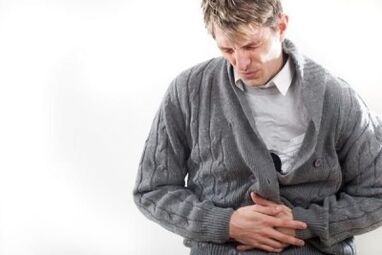
Non-infectious prostatitis
After 40 years, a person may discover the first signs of non-infectious prostatitis. It's not the bacteria's fault, it's just that the time is up.
Enlarged prostate may show up in some way, or it may go unnoticed.
If a person encounters a problem, then they can boil down to the following manifestations:
- Difficulty urinating
- The amount of urine remaining in the bladder.
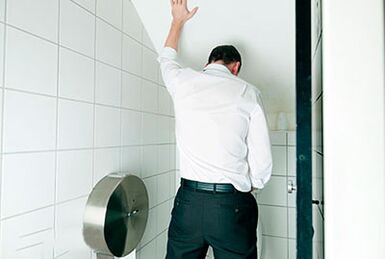
If it causes inflammation of the prostate, it will increase pain, burning and even fever.
Any prostatitis has basic (main) manifestations of urination problems. The pain may have different location and intensity, burning at and after urination.
In 100% of cases, 99% have sexual problems, but this process is very long, taking years or even longer.
In the initial symptoms, urine pressure decreases. If you have to strain your abdomen and start urinating (even if you do not pay attention to urinating), it is time to see a urologist.
This is a sign of impending prostatitis.
What if you ignore all these symptoms?
Assume that acute prostatitis itself has passed (let us assume it has passed).
After several days of torture, we easily went to the toilet again, and the burning sensation and pain caused us to leave.
Euphoria does not last long-chronic inflammation is closely related to the prostate, so prostatitis still reminds oneself.
This is not the worst thing, because you can tolerate this feeling. What matters is what happens inside the prostate.
Let us remember that its function is to maintain the vital activity of sperm.
Prostatitis inhibits and blocks this function. Due to advanced prostatitis, a person may lose the ability to fertilize.
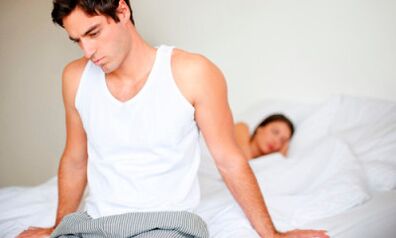
Another unpleasant consequence of advanced prostatitis is depression and low mood. The recurring toilet problems have increased the pressure on men.
Incomplete emptying of the bladder can cause inflammation of the bladder and other parts of the urinary system.
So don't be idle.
How to detect prostatitis?
At the first signs of illness, please contact your urologist and tell us how you feel.
Prostatitis is diagnosed by medical history, rectal examination of prostate and TRUS.
The rest of the methods can be used as auxiliary means to determine or exclude concurrent diseases.
You can diagnose at home. However, prostatitis can be confused with inflammation of the urethra or bladder, so please read the diagnosis of prostatitis carefully.
treatment
The treatment of prostatitis depends on its form.
The main tasks of the doctor are:
- Restore normal ureter. This means you need to reduce swelling, relieve muscle cramps and stimulate urine production and excretion.
- Fight against infectious diseases or physically eliminate the cause of prostatitis.
- Prevent recurrence (diet, lifestyle and good habits).
- Stimulate prostate activity-prostate rectal massage.
Discuss the treatment with your urologist in advance. You can also receive treatment at home. For example, it is useful to place special microcells together with herbal soup.
In order to speed up the recovery, the doctor will prescribe physical therapy.



























